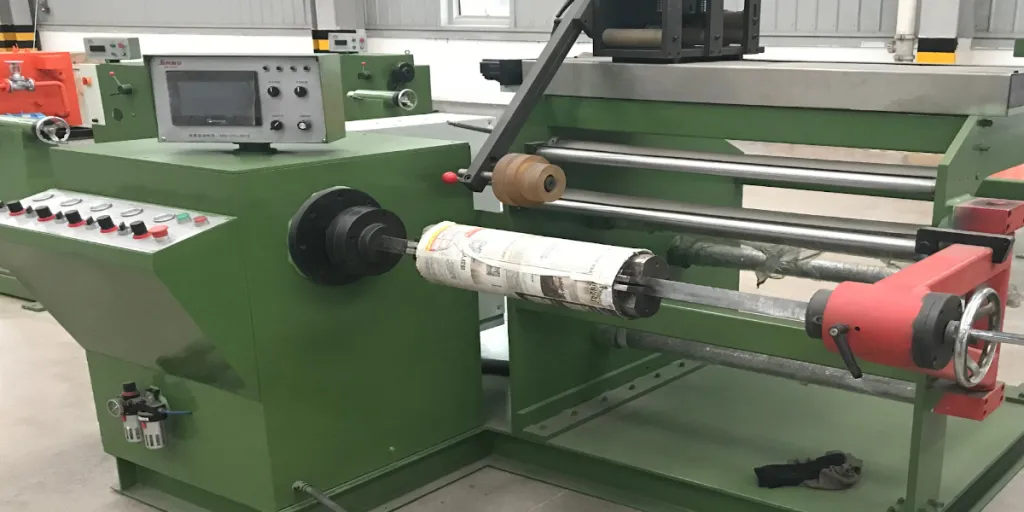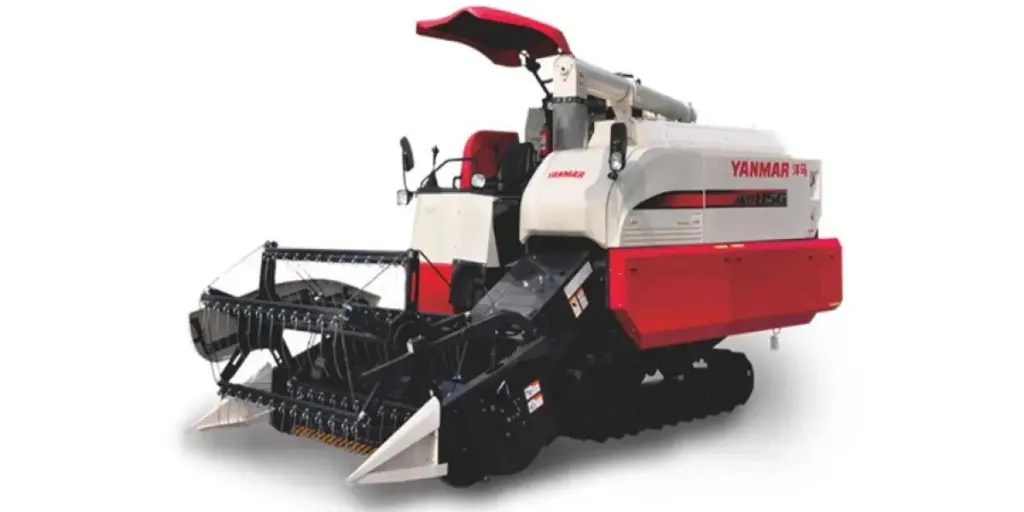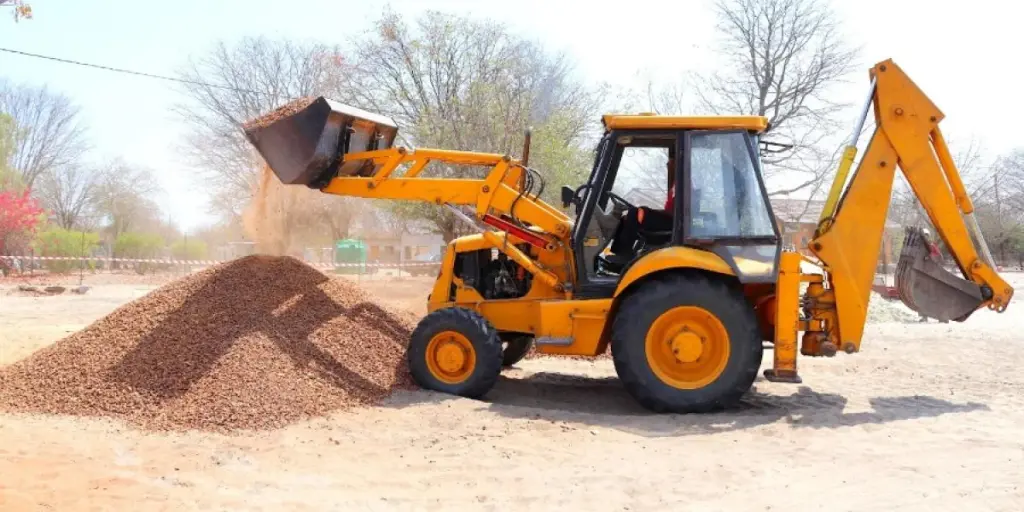Smart construction is innovating the world of building design and implementation in no small way. Every step of the process, from planning to job sites, has been improved by adding smart functionality. This article explores why the global smart construction market is growing, how much it looks to grow by, and why businesses should be investing into smart construction. Through an analysis of annual growth reports, key companies operating within the smart construction market, and how smart construction is making daily life better, this article builds a picture of what the market may look like past 2022 and into the future.
Table of Contents
What is smart construction?
What are smart construction materials?
Which major companies operate in the smart construction market?
What is the current market for smart construction?
What is the future market for smart construction
What is smart construction?
“Smart” is a term that is being applied increasingly in many industries, including in home security, analytics, and construction. This usually refers to objects which demonstrate some kind of integrated and automated function. Here are a few examples for reference:
- Smart buildings: Sometimes called automated or intelligent buildings, these are edifices that contain wired or wireless technologies, as well as automated response systems.
- Smart cities: These are large areas, containing many living spaces, all of which are interconnected within an integrated, tele-communicative network. Smart cities are expected to promote a viable, economic, and sustainable future for citizens.
- Smart design: Usually applied to city planning in smart construction, smart design is essentially any form of design that incorporates technology to allow for a broader understanding of the local area. This can give developers access to an underlying knowledge of the immediate region within a city, for example, and access to property portfolios. Smart design can be essential for accurate planning, and the ability to obtain information of such a crucial nature at the touch of a button can prove invaluable.
- Smart machinery: This can include any kind of construction vehicle that displays automated function from caterpillar excavators and robotic construction equipment to bulldozers, bucket dozers, and hydraulic excavators. Any form of intelligent machinery or construction robot can be classified as a smart vehicle.
“Smart” business approaches are rapidly gaining traction in many settings, but perhaps none so much as construction. While the basics of construction have remained, to some extent, the same for thousands of years, the key has always been to improve efficiency. With the advent of Building Information Modeling (BIM), developers have been able to improve “off-site construction” methods exponentially. By using BIM, they are now able to map and plan out various stages of the construction process ahead of time. This improves efficiency and reduces energy waste, making the entire process more sustainable and eco-friendly.

What are smart construction materials?
It is clearly understood that materials are necessary for any construction project to even begin to get off the ground. While machines can be considered smart in some form or function, so can the very stuff used during the construction process, although in a more nuanced way. Smart, or intelligent, materials are defined as substances that exhibit controlled, deliberate, and predictable variation in one or more of their defined characteristics. The term “smart construction material” is deliberately broad, allowing for the incorporation of all kinds of functionalities, including changes to:
- Temperature/light emittance or absorbency.
- Density, pressure and strength.
- Magnetic and/or electrical fields.
- Chemical makeup.
- Effect on the surrounding area (such as moisture or heat detection).
These changes are usually achieved by some kind of outside, usually electrical, stimuli. Given their ability to adapt to specific environments, smart materials can be incorporated into virtually any part of a design’s surface or underlying foundation. They can be combined with concrete, plastic, glass, or alloys and help achieve efficiency in virtually any stage of the smart construction process — from construction to eventual building maintenance. The implementation of smart materials can improve a building’s overall lifetime or just enhance its performance.
Which major companies operate in the smart construction machinery market?
- Dewalt
- JCB
- Hitachi Construction Machinery Komatsu
- CASE
- Caterpillar
- Volvo
- Doosan
- Hyundai
- XCMG
- Zoomlion
- Autonomous Solutions
- Built Robotics
- Sunward
- Westbase Technology
- Sky Tronic
- StreamBIM
- Globiz
- Mohocon
- SMS Equipment
What is the current market for smart construction?
Although the global smart building market saw a decline of 17.4% in 2020 compared to 2019 caused by recent global events, it is still growing at an impressive rate. In 2021, the global smart building market was valued at $67.60 billion, while its projected growth places its value at $80.62 billion in 2022 and a massive $328.62 billion by 2029. That represents a CAGR growth rate of 22.2% for the forecasted period. The simple fact is that, with the growing focus on energy efficiency in many disparate regions, the current market is essentially a buyers’ market. The outlook for smart construction therefore stands to improve and continue improving for the foreseeable future.
What is the future market for smart construction?
The increase in urbanization is another factor predicted to rapidly accelerate the growth of the global smart buildings market over the next 5-6 years, and possibly for even longer. According to a High-Level Expert Forum report from 2019, around 70% of the world’s population is expected to be distributed across urban areas by 2050. This, coupled with the increasing governance and taxation of energy consumption, has led many companies to start exploring new ideas for construction. One of the main ideas they have collectively hit upon is that of smart construction and machine automation. A Schneider Electric Whitepaper report alleges that 36% of global carbon emissions are related to the construction industry, and attributed to buildings themselves. In a Deloitte report, it is suggested that this could be mitigated by as much as 70% by the rapid and efficient implementation of already existing smart construction technologies.
With this in mind, it hardly comes as a surprise to note that even conservative reports suggest that the smart construction market is likely to grow in the upcoming years. Whatever the case may be, it certainly seems likely that the increased safety and hygiene afforded by smart living conditions will be highly sought after in the upcoming years.
Conclusion
The trend backing the burgeoning world of smart industry and machine automation has shown no signs of slowing for close to 250 years since the dawn of the Industrial Revolution. Thus, it would be folly to expect it to slow now, and in fact if anything the increase in smart technology incorporation has been nothing short of exponential. This is no different in the world of construction, as virtually all reports seem to indicate. This is a trend, not a fad, and in the future only one question will remain for housing development companies: “When and where did you first hear of smart construction?”




